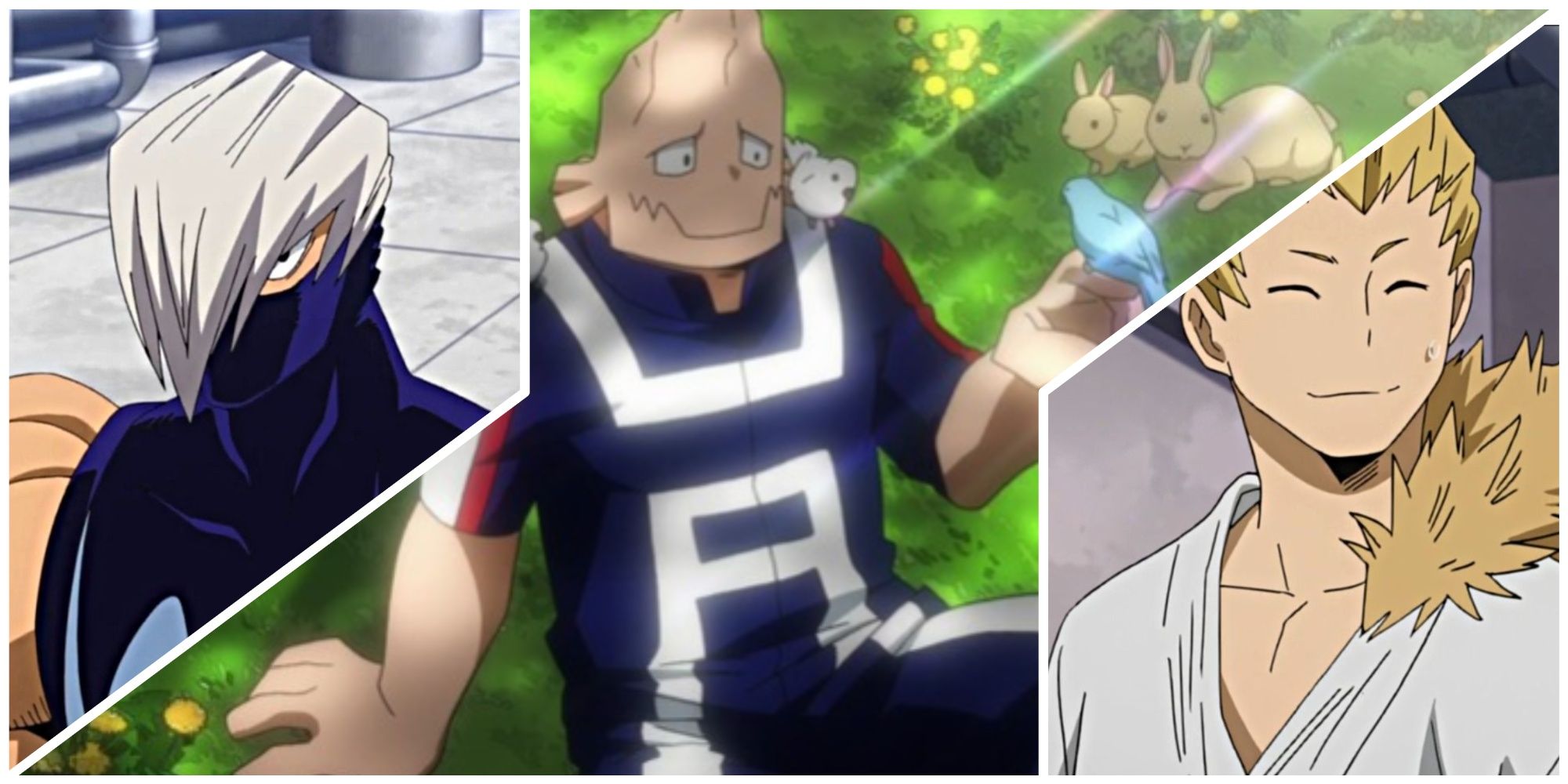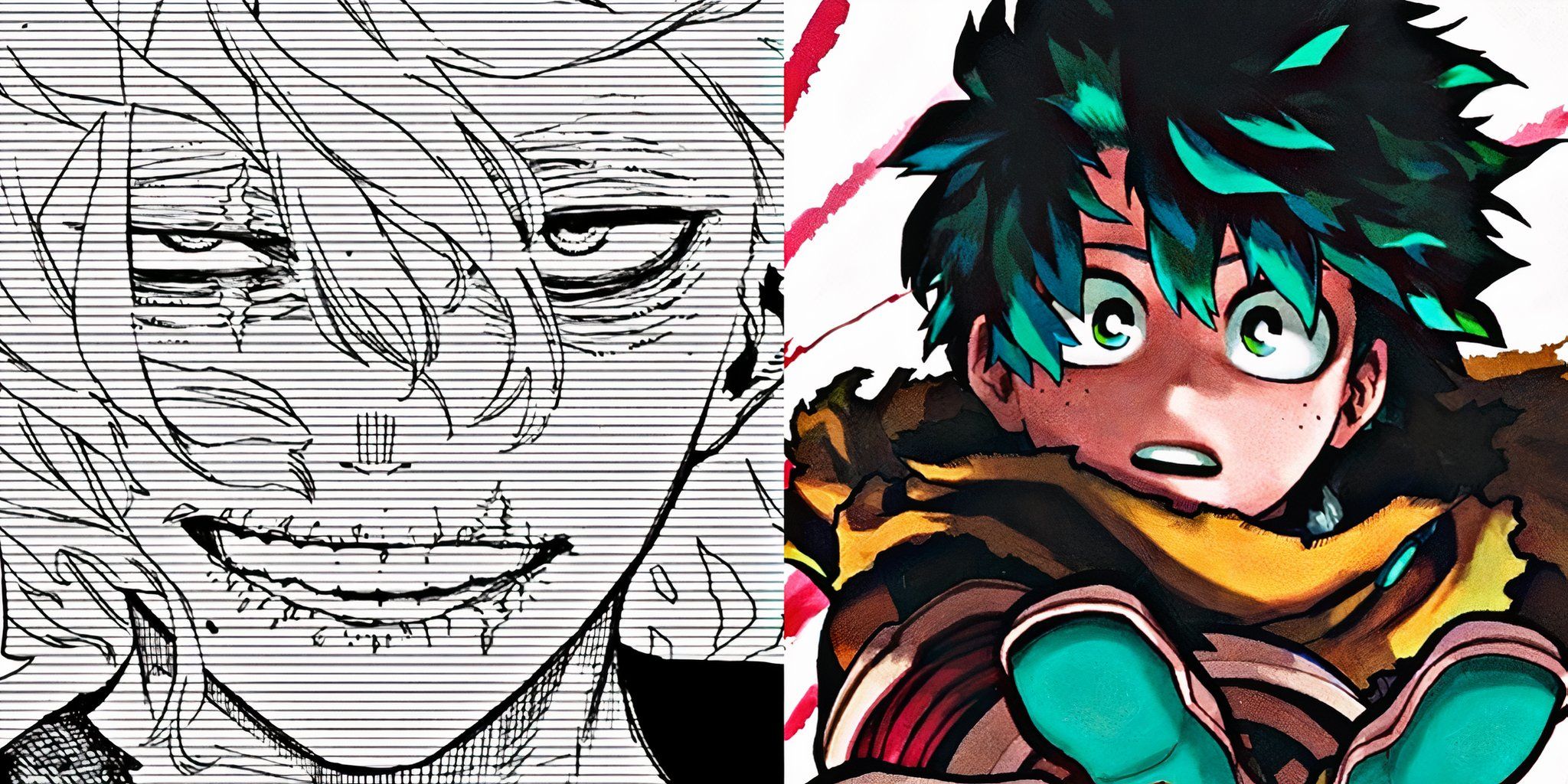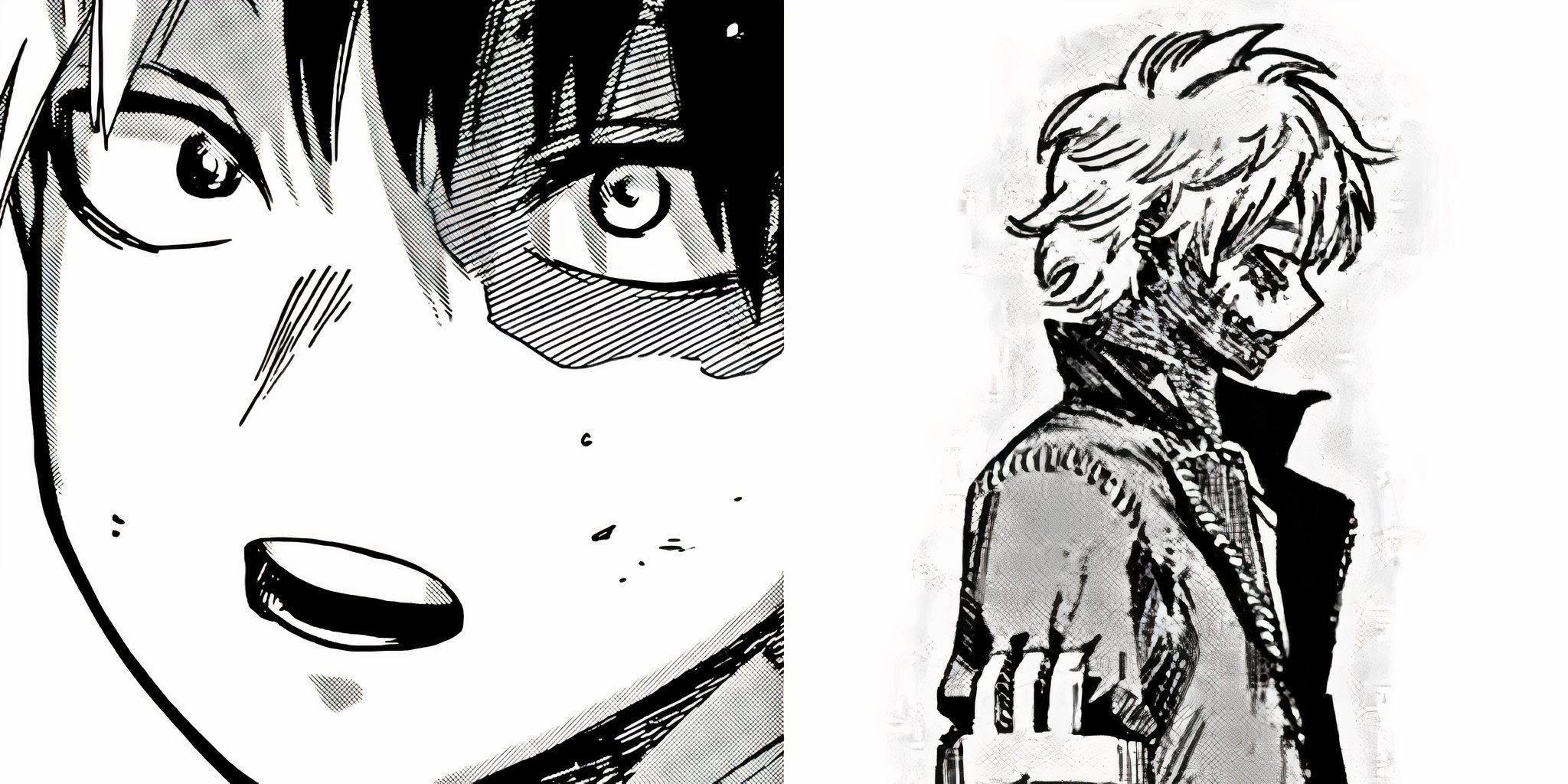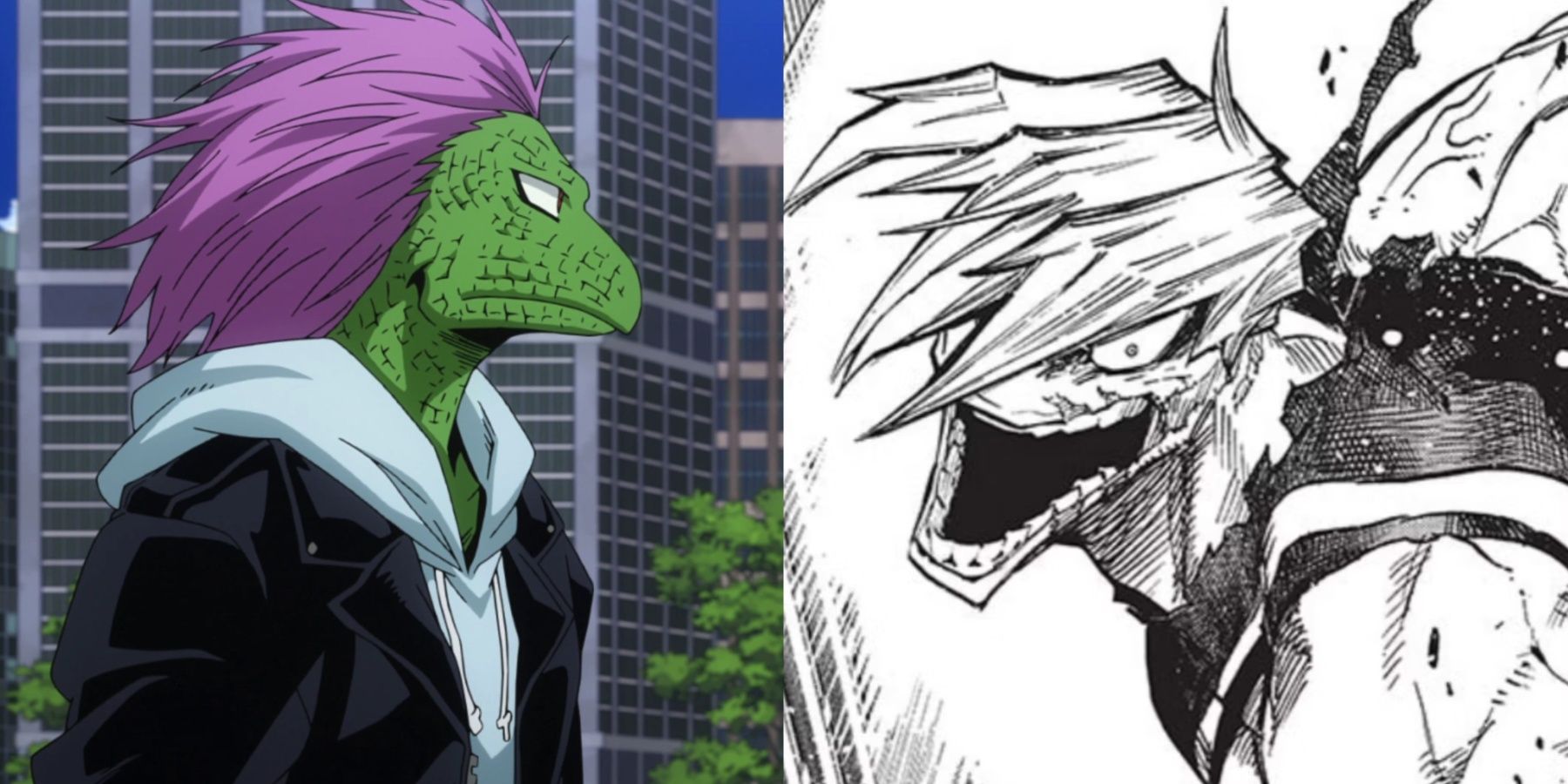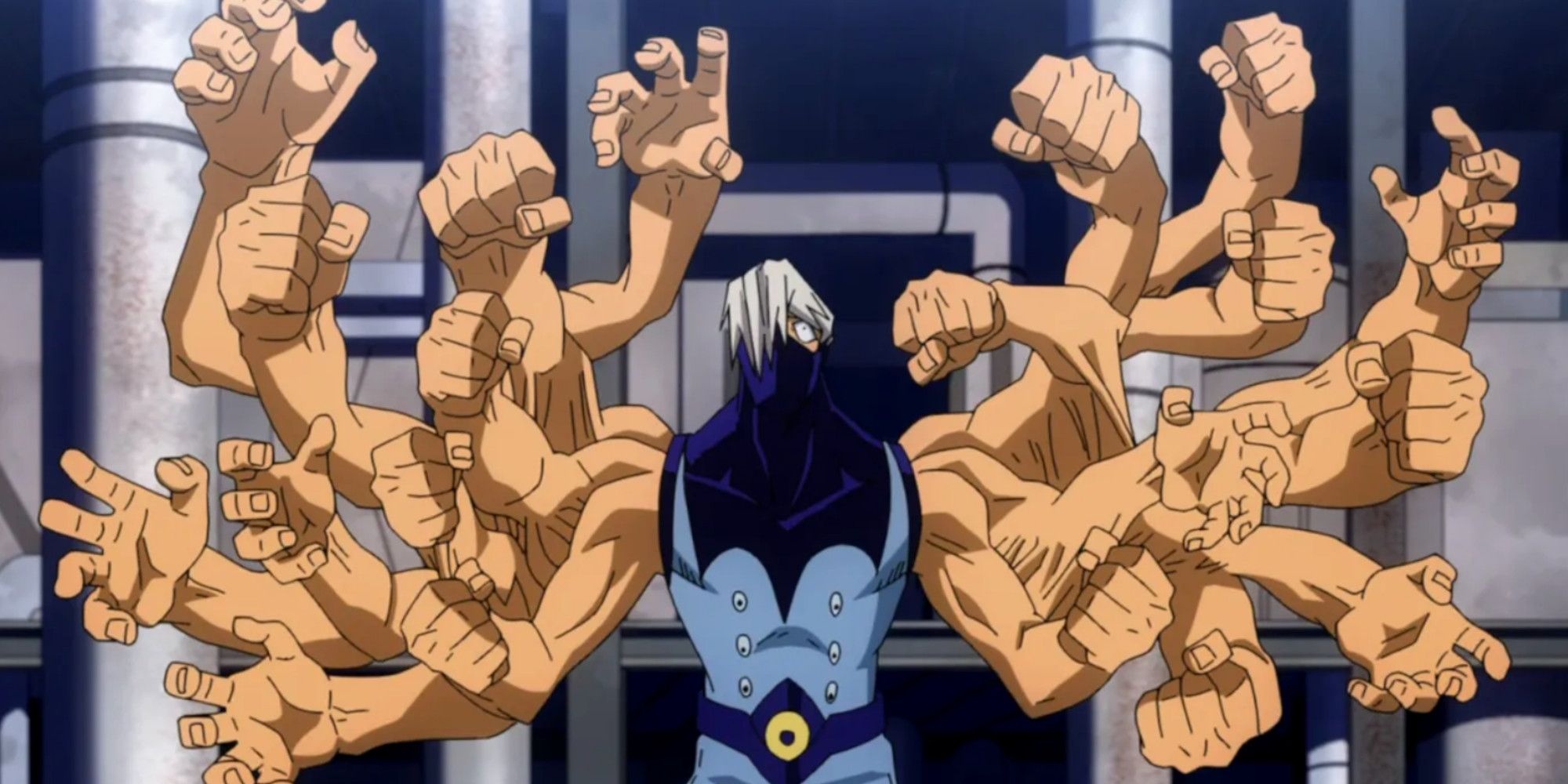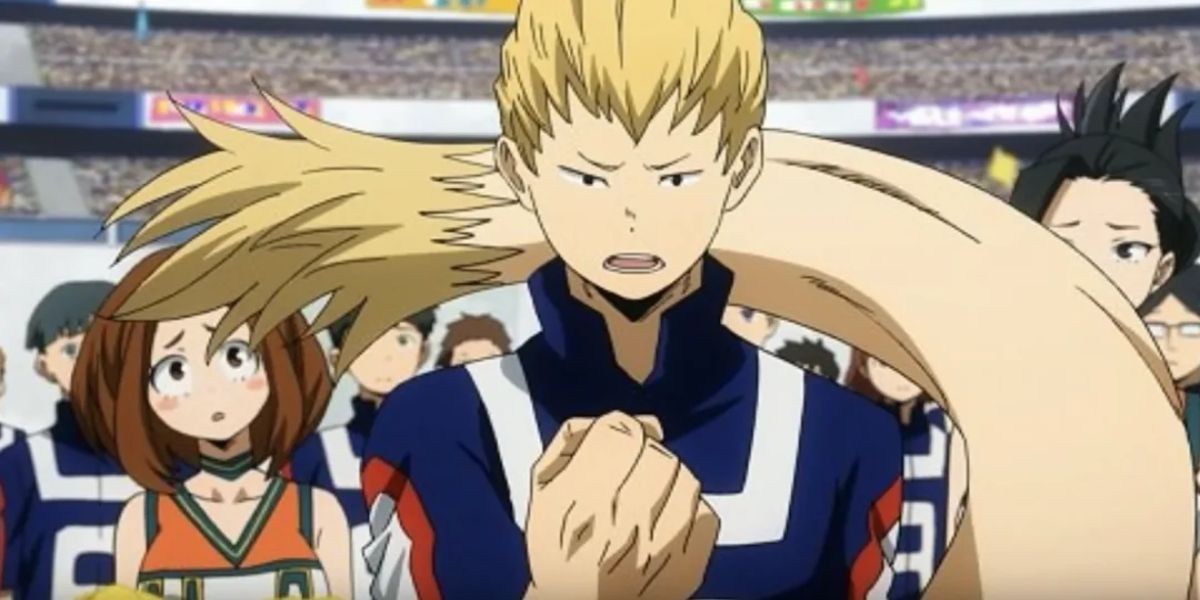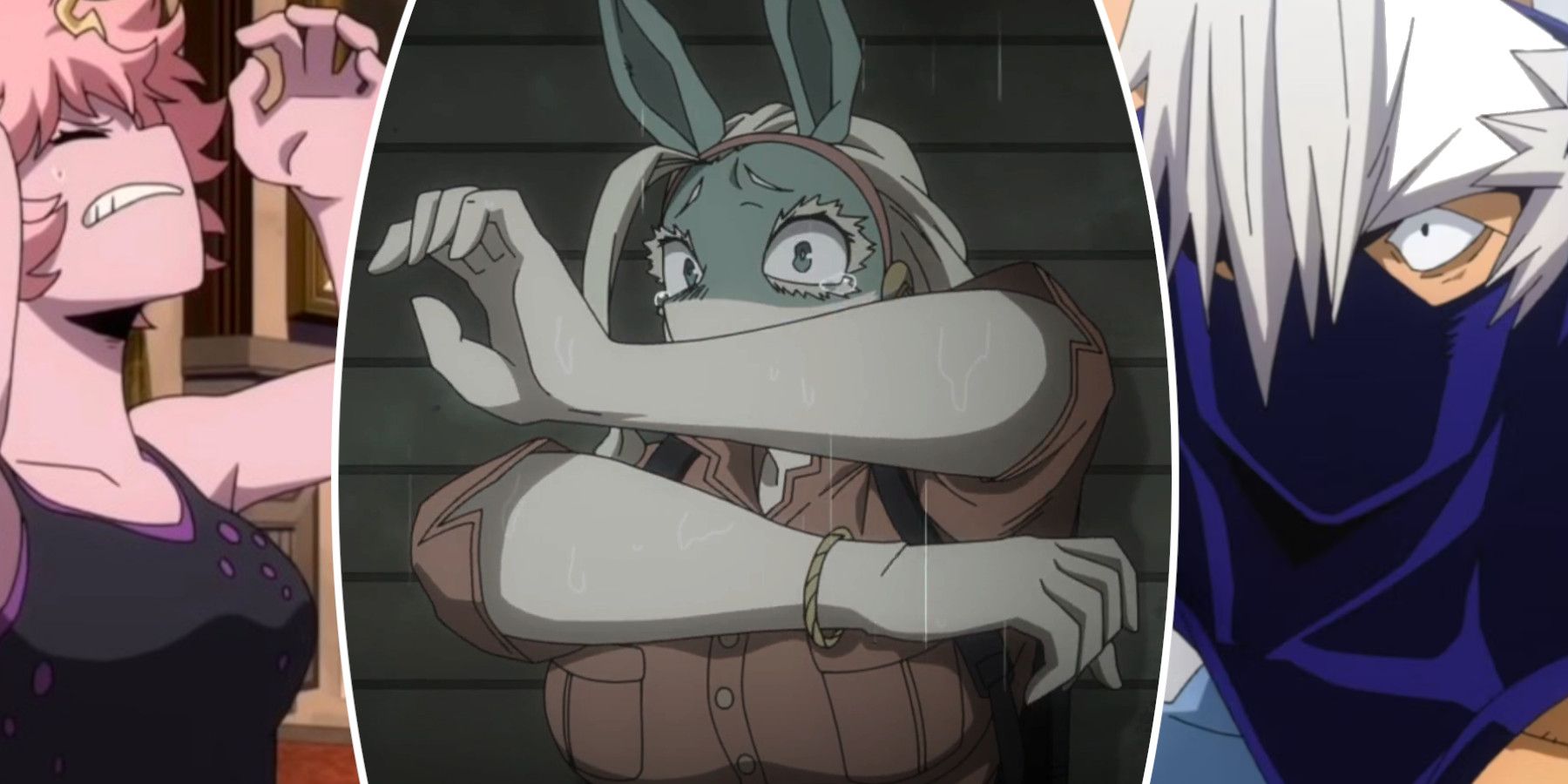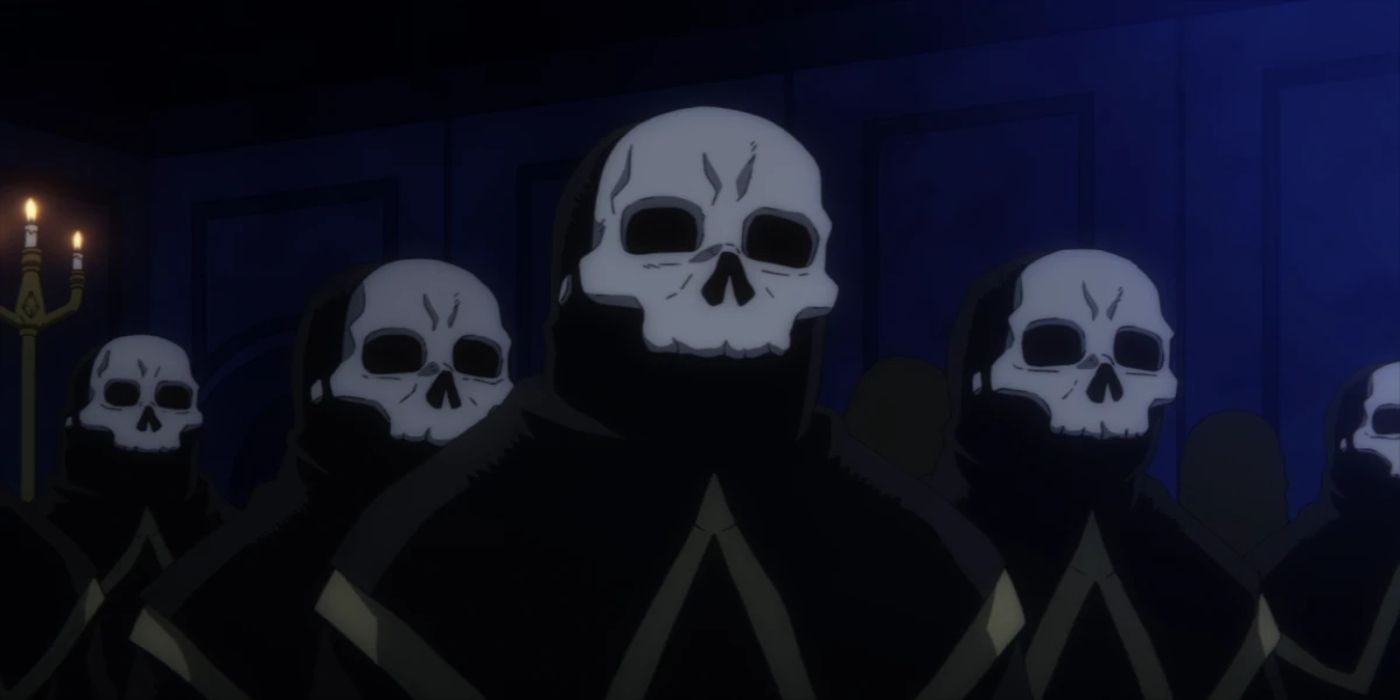Highlights
- Mutant-type Quirks in My Hero Academia are unique due to their appearance-changing qualities and the permanent mutations they create on the wielder's body.
- Wielders of Heteromorphic Quirks face inconveniences in their everyday lives, such as difficulty finding clothing suited to their bodies and discomfort caused by their physical mutations.
- Heteromorphs also experience discrimination and prejudice due to their appearance, revealing the hypocritical side of hero-society and the challenges they face in assimilating into society.
With millions of diverse Quirks populating the world of My Hero Academia, classifying every single ability in a specified category is a rather ardent task. Therefore, the series has divided every single Quirk into three types; Emitter types, Transformation types, and Mutant Types. Out of these three types, Mutant-type powers are some of the most unique Quirks in My Hero Academia, primarily owing to their appearance-changing qualities.
Also known as Heteromorphs, Mutant-type Quirk users are easily identifiable, although this very aspect of their power works against them. While Heteromorphs have much to offer in terms of versatility and power, they are also one of the most discriminated Quirk types. This ostracization reveals the dark side of the Quirk population, revealing the prejudice they hold purely based on appearances.
The Heteromorphic Quick Type
Heteromorphic Quirks are called mutant-type powers based on the aspect of creating a permanent and visible mutation on the wielder’s body. While transformation-type Quirks work in a similar fashion, their mutation isn’t permanent and can be retracted at will. This differentiation lends Heteromorphs an entirely separate identity, creating a new Quirk category.
The primary power of Heteromorphic Quirks is granting wielders extra appendages which can be controlled at will. These appendages could either be an addition to pre-existing limbs or they could replace limbs with a more powerful appendage. Some mutations are simply an extra appendage while others can transform further or channel some other power. For instance, Ojiro’s Quirk ‘Tail’ grants him a sturdy tail that can aid him in battle. Mezo, on the other hand, has extra arms that can further transform into other body parts of his choice.
Another unique aspect of Heteromorphs is that their physical mutations can be inherited without their corresponding abilities being passed on. Fumikage is a prime example of this phenomenon as his bird-like head is not part of his Quirk and serves no purpose other than being a mutation passed on by his parents. Fumikage’s actual Quirk is Dark Shadow, an entirely different power that has nothing to do with his bird-like appearance.
The Inconvenience of Heteromorphic Quirks
Since mutant-type Quirks are permanent and cannot be retracted or shut down, wielders of these powers are forced to undergo many inconveniences in their everyday lives. Since most infrastructure and amenities are designed to serve “normal” people, Heteromorphs are forced to adapt and change their lifestyle.
The primary inconvenience for Heteromorphs is finding clothing that is suited to their bodies. Mezo’s Quirk Dupli-Arms makes it impossible for him to sport long-sleeve shirts, while Ojiro has to get custom-made clothing to accommodate his massive tail protruding from his back. These mutations also pose an issue of discomfort, forcing Hetermorphs to adopt a few lifestyle changes. Ojiro is a classic example as his tail makes it arduous for him to lay down on his back or even sit down.
Discrimination Against Heteromorphs
If the inconvenience of their own malformations wasn’t enough, Heterotrophs have the added tribulation of experiencing bigotry and prejudice over their appearance. This ostracization also reveals the hypocrite side of hero-society as Quirk-bearers equally partake in shunning Heteromorphs. While Heteromorphs have easily assimilated in metropolitan cities, rural areas and small towns still hold considerable prejudice for such individuals.
Mezo Shoji’s backstory primarily revolves around this discrimination as he was shunned from a very young age in his hometown. Due to his extra limbs and mutated face, Mezo underwent several beatings, resulting in permanent scarring of his face. He now wears a mask to hide his face and the scars he received. Other Heteromorphs experienced similar prejudice, leading to a few being forced to join villainy such as Chimera and Spinner.
Hostility and Radicalism
The plight of Heteromorphs has dissipated as newer generations became more tolerant towards other Quirk types. However, there was a time when cults and radical groups took centerstage and propagated the notion of exterminating all Heteromorphs to bar these Quirks from being inherited further. The Creature Rejection Clan is one prominent cult that preached this notion, resulting in many Heteromorphs living in fear.
Since their public support eventually waned after they resorted to violence, the CRC does not possess the same influence today. However, several branches of the CRC have formed over time such as the Animal Rejection Clan or the Face Rejection Clan, with the goal of exterminating beast-like abnormalities and abnormal face mutations respectively.
The discrimination of Heteromorphs alludes to the prejudice and bigotry people hold in the real world, be it based on ethnic differences or merely physical abnormalities. My Hero Academia initially does an impressive job at presenting the plight of Heteromorphic characters, though the narrative eventually fades and becomes rather irrelevant later on. The series had multiple opportunities to focus on this subject, especially with Mezo Shoji’s purpose of becoming a Pro Hero revolving entirely around this hostility. Unfortunately, the show never expanded on this premise, leaving it as a mere unexplored plotline.
My Hero Academia is available to stream on Crunchyroll.

